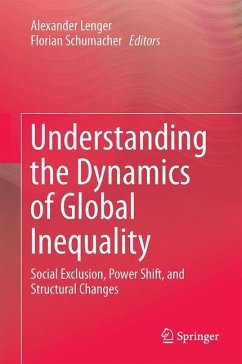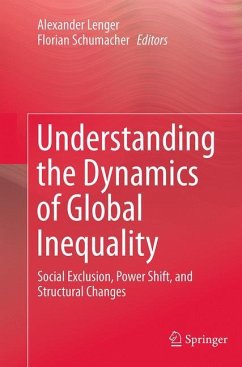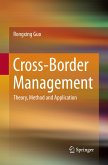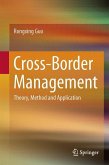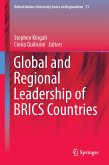Despite the fact that the globalization process tends to reinforce existing inequality structures and generate new areas of inequality on multiple levels, systematic analyses on this very important field remain scarce. Hence, this book approaches the complex question of inequality not only from different regional perspectives, covering Africa, Asia, Europe, Latin and Northern America, but also from different disciplinary perspectives, namely cultural anthropology, economics, ethnology, geography, international relations, sociology, and political sciences.
The contributions are subdivided into three essential fields of research: Part I analyzes the socio-economic dimension of global exclusion, highlighting in particular the impacts of internationalization and globalization processes on national social structures against the background of theoretical concepts of social inequality. Part II addresses the political dimension of global inequalities. Since the declineof the Soviet Union new regional powers like Brazil, China, India and South Africa have emerged, creating power shifts in international relations that are the primary focus of the second part. Lastly, Part III examines the structural and transnational dimension of inequality patterns, which can be concretized in the rise of globalized national elites and the emergence of multinational networks that transcend the geographical and imaginative borders of nation states.
The contributions are subdivided into three essential fields of research: Part I analyzes the socio-economic dimension of global exclusion, highlighting in particular the impacts of internationalization and globalization processes on national social structures against the background of theoretical concepts of social inequality. Part II addresses the political dimension of global inequalities. Since the declineof the Soviet Union new regional powers like Brazil, China, India and South Africa have emerged, creating power shifts in international relations that are the primary focus of the second part. Lastly, Part III examines the structural and transnational dimension of inequality patterns, which can be concretized in the rise of globalized national elites and the emergence of multinational networks that transcend the geographical and imaginative borders of nation states.

